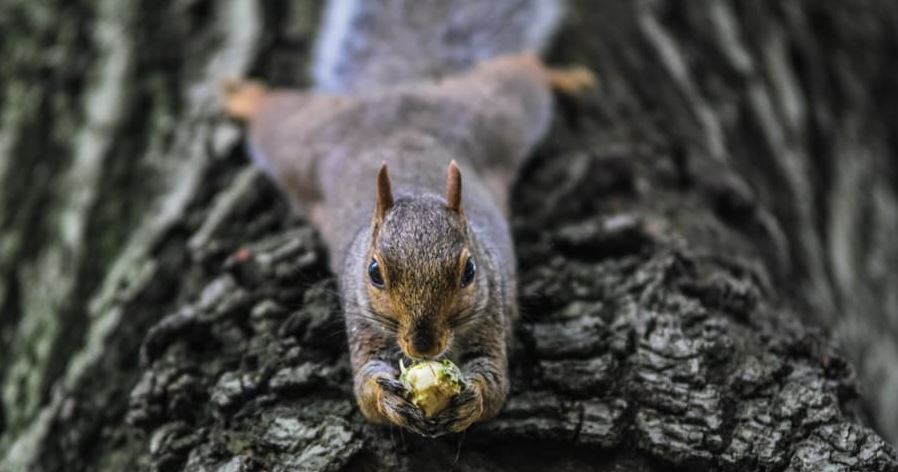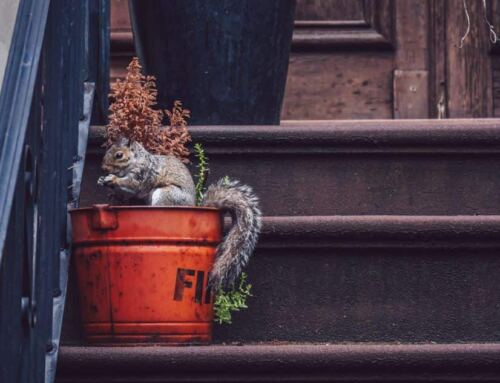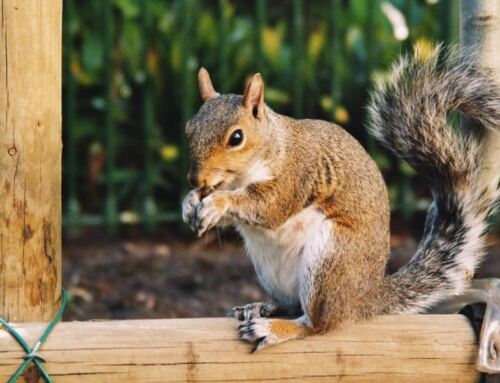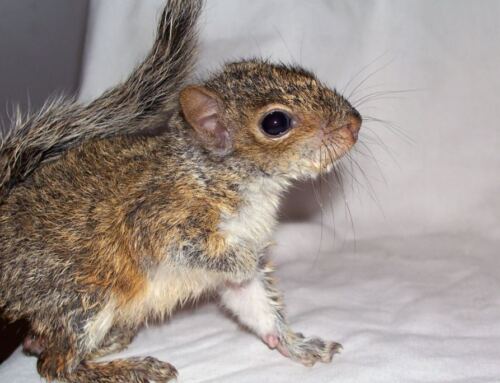It’s wonderful to see squirrels scampering around outdoors, but when they get inside your home and start a family, the fun comes to a screeching halt. Get things back on track fast by arming yourself with the knowledge you need to keep squirrels outside where they belong.
-
Know why you need to deal with your squirrel problem promptly
For starters, squirrels can be noisy – the pitter patter of their feet in your attic as they scamper around can disturb your peace and quiet. Worse than that is the fact that they may chew and enlarge the borders of existing holes in your roof or soffits to make it easier for them to get in and out of your attic. Additionally, they’ve been known to chomp on insulation and damage it, or gnaw through household wiring and cause a fire hazard.
The longer they’re living in your home, the higher the odds that they’ll cause more damage.
While having them there is certainly no cause for great alarm, it’s also good to be proactive about getting rid of them as soon as reasonably possible, to minimize your odds of running into major problems.
-
Consider the time of year because that will have a big impact on your squirrel removal strategy
Squirrels can mate two times a year:
- during the summer months of June, July, and August
- during the winter months of December, January, and February
Once they mate successfully, it’ll take about one-and-a-half months for the babies to be born (as many as eight at a time), in either late summer/early fall (August to October) or late winter/early spring (February to April). If you have adult squirrels in your home during these periods, it’s wise to assume that young ones dependent on their mother are around too. If that’s the case, the best thing to do is wait until the young have matured before you take steps to evict them.
If you’re unlucky enough to have a squirrel problem that can’t wait to be dealt with, despite the presence of babies or the very young, you’re best off getting professional help to relocate them in a humane manner.
-
Know the best practices to get rid of squirrels in your home
Once the baby squirrels have matured to the point where they can go out on their own and live independently, it’s time to take steps to get them out of your home.
Make a careful inspection of possible entry points – gaps in your eavestroughs, soffits, and holes in the roof or siding are both common entry points. Seal up all possible entrances except for one (because the last thing you want is to trap squirrels in your attic, leaving them to die and decompose up there). Use a one-way door on the single remaining hole so that the animals can get out, but can’t return. They are most active during the daytime, so don’t expect them to leave overnight – they want a good night’s sleep just like you do!
After you’re certain the squirrels have left, remove the one-way door and seal up this final point of entry.
Keep the squirrels outside, where they belong
By familiarizing yourself with the timing of the typical squirrel baby season, arming yourself with knowledge of how to get rid of them in a humane manner, and taking steps to prevent them from getting back inside your home afterwards, you’ll soon be back to enjoying the sight of squirrels outdoors where they belong!
Suspect squirrels have entered your home and need to get rid of them? If you’re in Burlington, Oakville, Milton or the Hamilton Region call Regional Wildlife Services for a fast squirrel removal quote!






